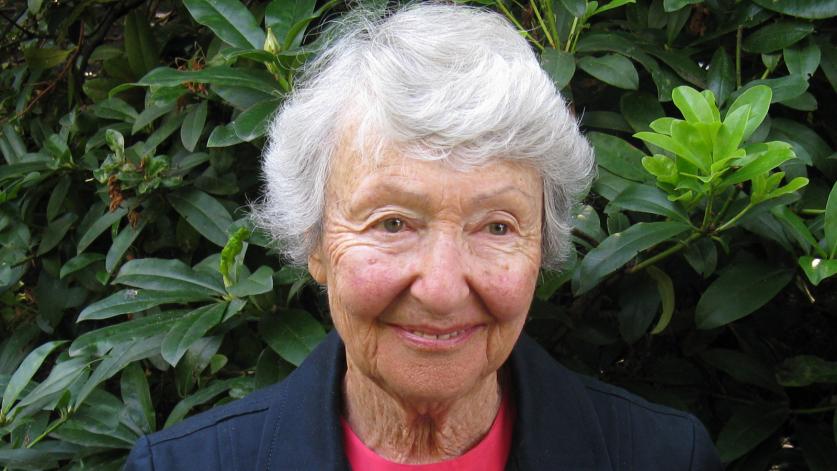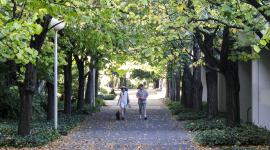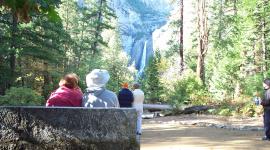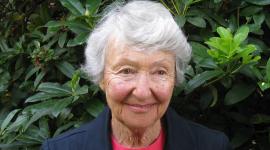Prize Peeks: Behind the Scenes at the Oberlander Prize
Plans to launch the new Cornelia Hahn Oberlander International Landscape Architecture Prize with the naming of the first laureate in 2021 are underway, albeit remotely and a bit more fitfully than anyone might like, given current circumstances. The laureate will be selected by a jury (still to be appointed) from a list of nominees recommended by anonymous experts in the field. The nominee must be living but can be an individual, a collective, or a team; landscape architects, artists, architects, planners, urban designers, and others who have designed a significant body of landscape architectural projects are all eligible. The Oberlander Prize will carry with it a monetary award of $100,000 and two years of public engagement activities that are expected to raise the visibility both of the laureate's work and landscape architecture more broadly.

The inaugural curator, John Beardsley, began work in February by consulting with members of the prize organizing committee, first as a group and then individually, to hear about their inspirations and ambitions for the award and to solicit ideas about potential nominators, jurors, and public engagement activities. Several of the members of the organizing committee will stay on to provide a transition to a new advisory panel, currently in formation, that will guide the project into the future. The curator then spent about two months refining and developing the list of potential nominators, with an eye toward making it more international. Numerous names were added, especially from Asia, Africa, and Latin America. He then reached out by email to all of the potential nominators, a large group of well-informed people from around the globe. In line with both the Nasher Prize for Sculpture and the Pritzker Architecture Prize, over two hundred emails were sent in the hope of securing about 150 nominators. Many potential nominators had follow-up questions about timing, process, and the obligations they might be incurring, but most were more than pleased to participate, sharing their enthusiasm for TCLF, Cornelia Oberlander, and the prospects for the prize to bring increased visibility to landscape architecture.
Next steps include reaching out again to potential nominators who have not yet responded and sending all the nominators final instructions about the nomination process. Since there is sure to be some duplication in nominations, the hope is that the process would result in about 75 names of potential laureates. The current plan is to solicit nominations in August, in time to compile dossiers on potential laureates to submit to the jury by the end of this year or early next. To that end, a list of potential jurors will need to be narrowed to a final selection of seven. Meanwhile, the composition of the advisory panel will be firmed up; they will be consulted especially about the character and number of public activities to accompany the announcement of the prize, expected in fall 2021.







